Features of 35 mm film
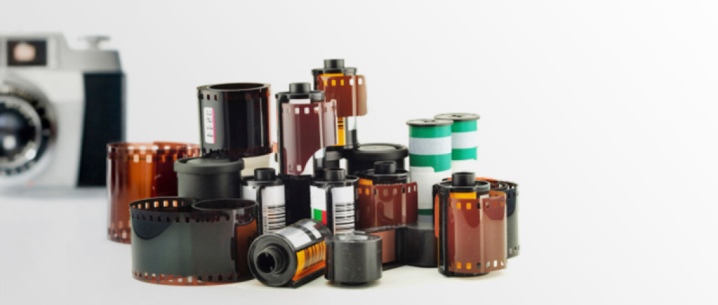
The most common photographic film today is the 135 type narrow color film for the camera. Thanks to her, both amateurs and professionals take pictures all over the world. In order to choose the right film, you need to focus on its quality characteristics indicated on the package. Let's consider these indicators in more detail.
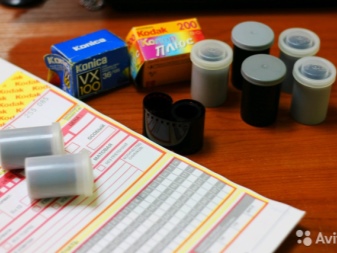
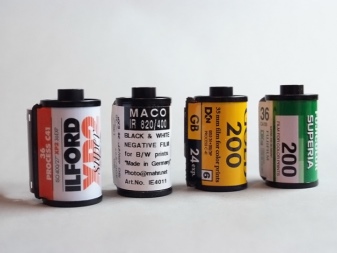
Specifications
The designation type-135 means that a 35 mm roll of photographic film is inserted into a disposable cylindrical cassette, on which a photosensitive substance is applied - an emulsion, with double-sided perforation. The frame size of 35 mm film is 24 × 36 mm.
Number of frames per film:
12;
24;
36.


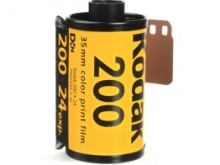
The number of shots indicated on the package is mainly working, and to refuel the camera at the beginning of the film, add 4 frames, which can be specified as follows:
XX;
NS;
00;
0.
There is one additional frame at the end of the film, which is labeled "E".

Cassette type-135 is used in cameras:
small format;
semi-format;
panoramic.
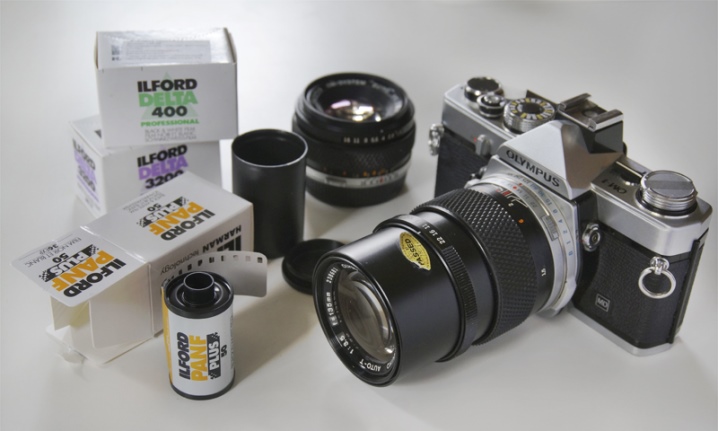
ISO units are used to indicate the different sensitivities of photographic film:
low - up to 100;
medium - from 100 to 400;
high - from 400.
The film has a different resolution of the photographic emulsion. The more sensitive it is to light, the lower the resolution.
In other words, there is less detail that can be shown in the image, that is, at what distance are two lines to each other without merging into one.
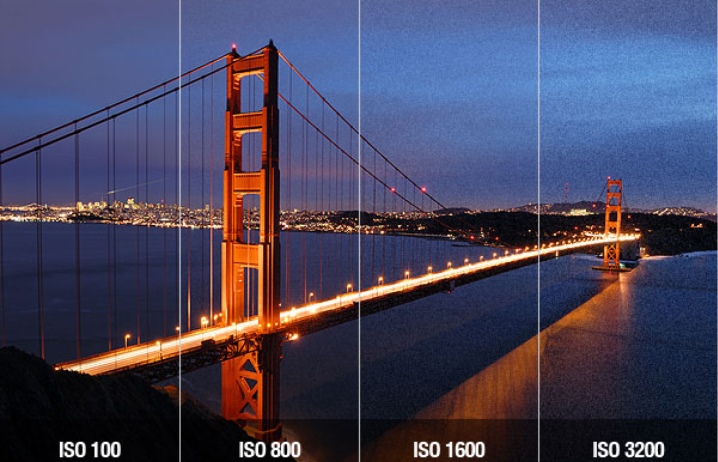
Storage conditions
It is necessary to use the film before the expiration date, because after its expiration, its characteristics change, the sensitivity and contrast decrease. Most photographic films are stored at temperatures up to 21 ° C, but many of them need protection from overheating, in which case they write on the packaging - protect from heat or keep cool.
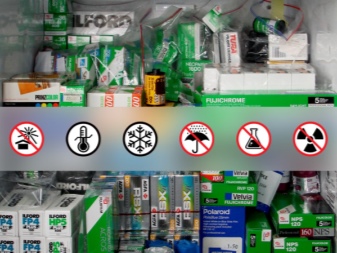
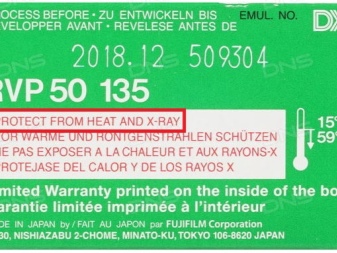
Manufacturers
The most popular developers of 35 mm photographic films are the Japanese company Fujifilm and the American organization Kodak.
It is important that the films of these manufacturers are of very high quality and carry the latest achievements in science and technology. You can print high-quality photos from them in almost any country.
Let us give examples of the practical application of photographic films in different situations.
Kodak PORTRA 800. Suitable for portraits, perfectly conveys human skin tones.
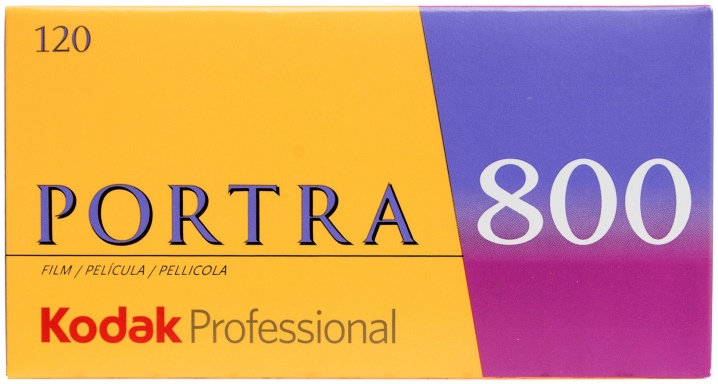
- Kodak Color Plus 200. It has an affordable price, and there are no complaints about the quality of the images.
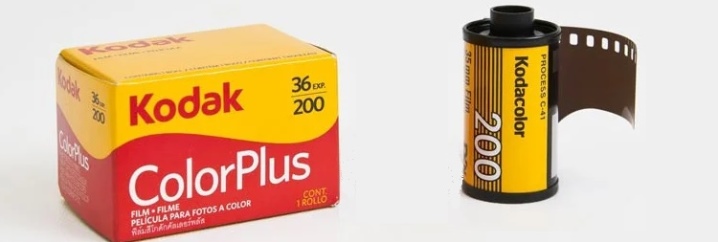
- Fujifilm Superia X-tra 400. Takes great shots when there is no sunlight.
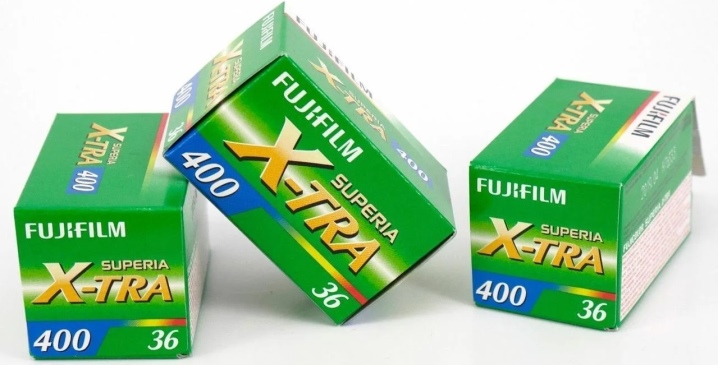
- Fujifilm Fujicolor C 200. Shows good results when shooting in cloudy weather, as well as in nature.
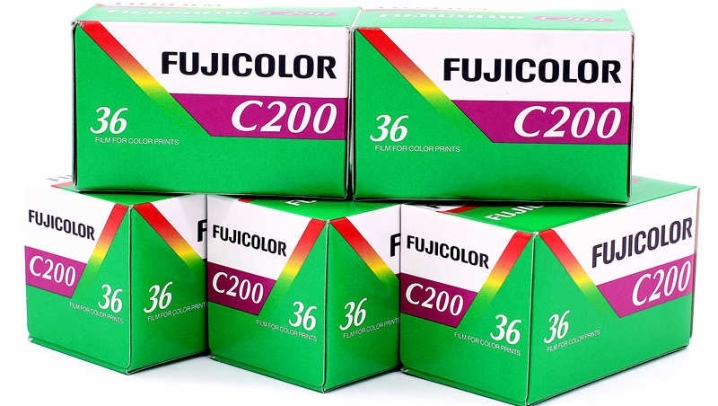
Features of use
You can take great shots in low light and without using a flash using film with a higher sensitivity. In a situation where the light is bright, use a photographic film with a lower number of ISO units.
Examples:
with a sunny day and bright illumination, a film with parameters of 100 units is needed;
at the beginning of twilight, as well as in bright daylight, photographic film with ISO 200 is suitable;
in poor lighting and photographing moving objects, as well as for filming in a large room, film is needed from 400 units.
The most popular and best-selling is the ISO 200 universal film. It is well suited for "soap dish" cameras.
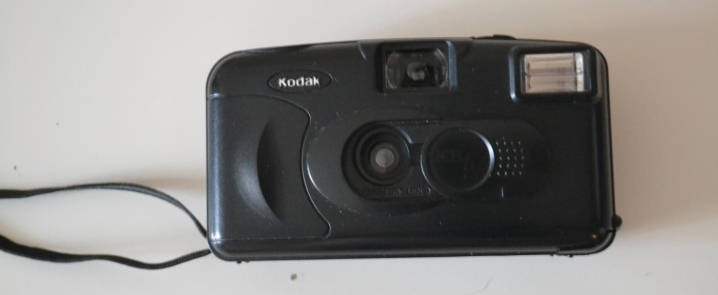
How to charge?
It is necessary to load the film into the camera carefully in a dark place, so that there are no difficulties, which may result in the loss of the captured images.When the film is loaded, after closing the lid, skip the first frame and take a couple of blank shots, as the first three frames are usually blown out. Now you can take pictures.
When the film is completely used up, rewind it to the spool, remove it in a dark place and put it in a special container for storage., after which it remains to develop the captured film. You can do this yourself or in a professional laboratory.
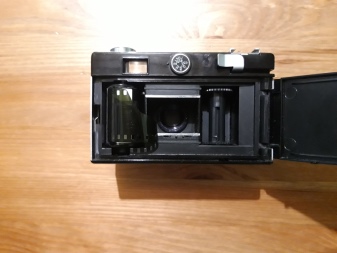
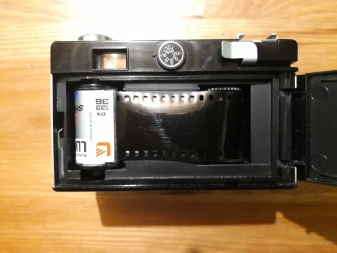
For an overview of Fuji Color C200 film, see the following video.













The comment was sent successfully.